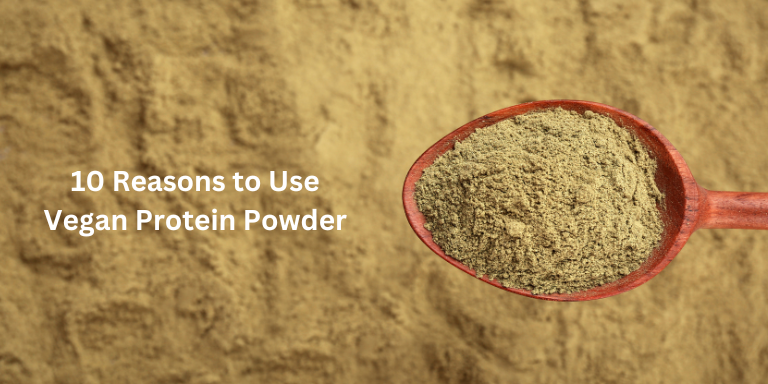Is Plant Protein Better Than Whey?
Explore plant protein vs. whey protein: types, benefits, and which is right for you. Learn about their nutritional profiles and make an informed choice for your health and fitness goals.
Continue reading










